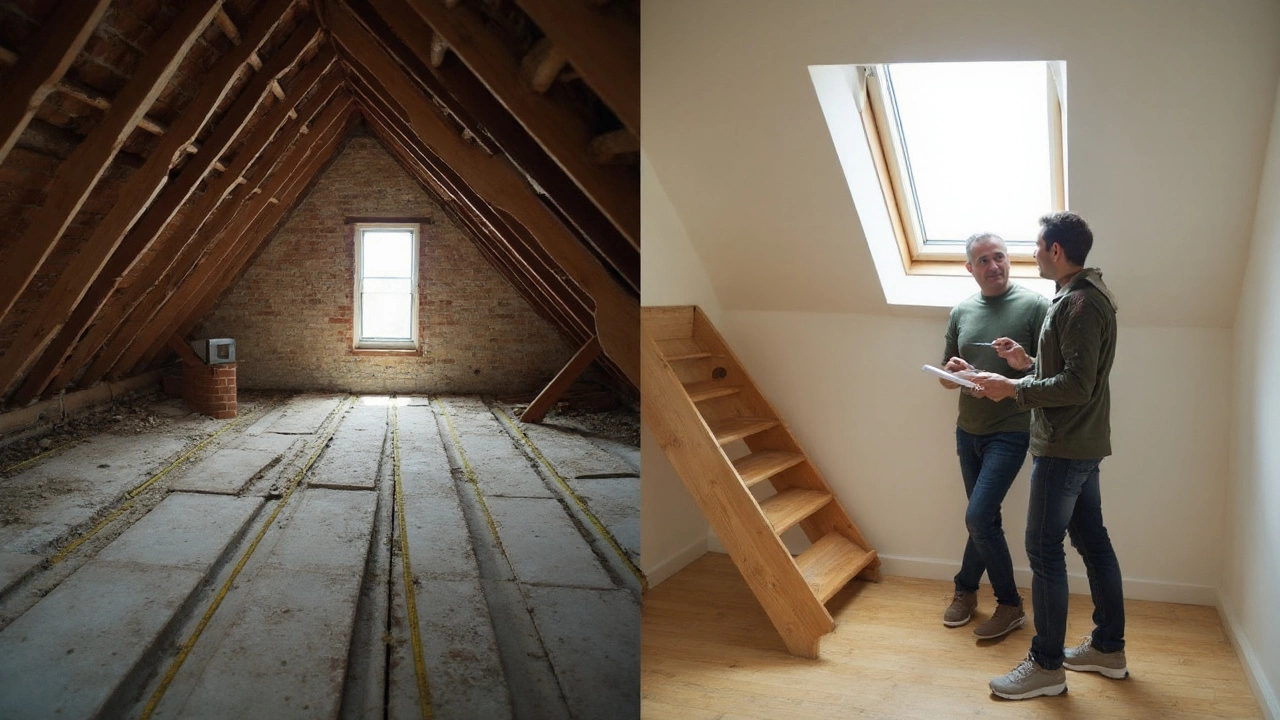See 2025 NZ loft conversion costs: typical prices, per‑m² rates, what drives the budget, and how to plan, consent, and avoid surprises. Clear ranges and examples.
Loft Conversion Price – What You’ll Actually Pay
Thinking about turning your attic into a bedroom, office or playroom? The idea sounds great, but the first question people ask is: how much will it cost? In the UK, loft conversion prices can vary a lot because every house is different. Below you’ll get a clear picture of the main cost drivers, typical price ranges and tips to save money without cutting corners.
Main Cost Drivers
1. Type of conversion – The cheapest option is a simple “dormer‑less” conversion, where you keep the existing roof shape. Adding a dormer, mansard or hip‑to‑gable roof adds extra timber, roofing and finishing work, pushing the price up by 20‑30%.
2. Roof structure – If your roof is timber‑framed, the work is usually straightforward. A tiled or slate roof often needs extra reinforcement, which can add £3,000‑£5,000.
3. Access and stairs – Installing a safe staircase is mandatory. A basic straight‑run staircase can cost £2,000‑£3,000, while a space‑saving spiral or prefabricated stair may be a bit higher.
4. Finishes and services – Plumbing, electrical wiring, heating, plasterboard, flooring and decoration are where the budget can blow up. High‑end finishes easily add another £5,000‑£10,000.
5. Planning and permissions – Most loft conversions don’t need full planning permission, but you still need a Building Regulations approval. The paperwork and inspections usually cost £500‑£1,000.
Saving Money on Your Loft Conversion
Start with a solid budget. Write down every item – from the structural work to the light fixtures. Having a spreadsheet helps you see where you can trim.
Get at least three quotes from reputable builders. Don’t just pick the cheapest; compare the scope of work, materials and warranty. A builder who includes detailed specifications will prevent surprise costs later.
Consider doing some of the finish work yourself. Painting, fitting carpet or even laying laminate can save £1,000‑£2,000 if you have basic DIY skills.
Reuse existing materials where possible. If your current flooring is in good shape, you can keep it and just refinish the surface.
Plan the layout to fit the existing roof shape. Adding a dormer adds a lot of expense, so ask yourself if you truly need the extra headroom or if a clever design can work within the current footprint.
Finally, check if any local grants or financing options are available for home improvement. Some councils offer low‑interest loans for energy‑efficient upgrades, and a loft conversion that adds insulation could qualify.
In summary, the average UK loft conversion costs between £30,000 and £45,000 for a basic project, while a high‑spec dormer conversion can climb to £60,000‑£80,000. By understanding the main cost drivers and following the saving tips above, you can keep the project realistic and avoid nasty surprises. Ready to start? Grab a few quotes, map out your design, and you’ll be closer to enjoying that extra space in no time.
